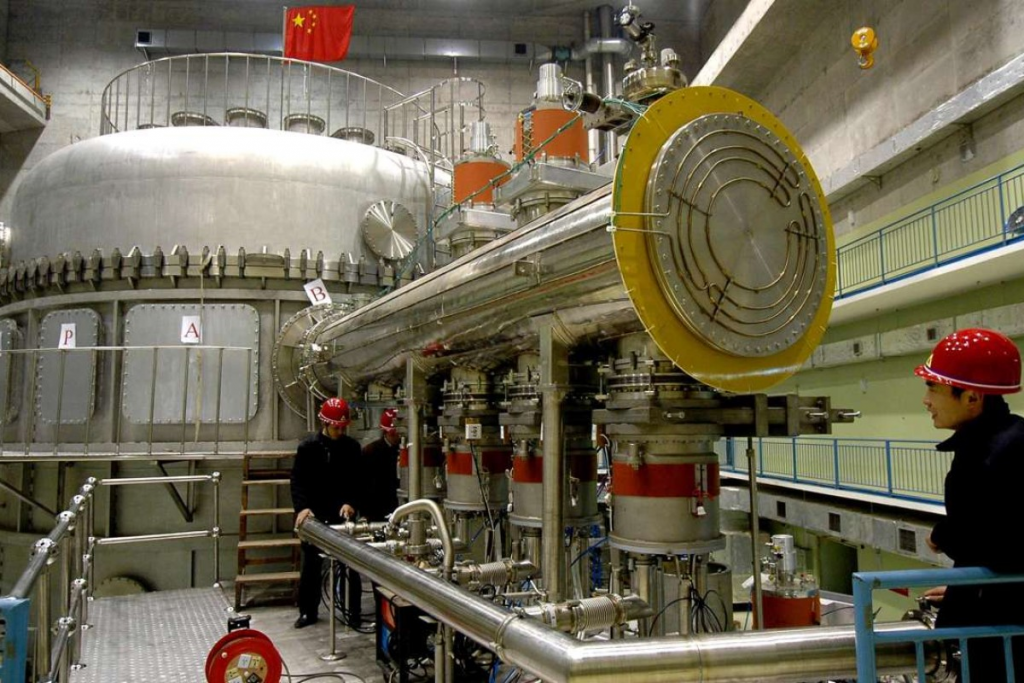Researchers at the National Ignition Facility (NIF) achieved self-heating “burning plasma” for the first time ever in January. This is a substantial leap in the field of commercial nuclear fusion.
Since 2009, NIF scientists have been using an array of 192 lasers to shoot high-energy pulses at a small fuel capsule composed of deuterium and tritium. The researchers use the destructive, intense heat of the lasers to fuse the atoms into helium so huge amounts of energy are able to be released.

At the beginning of the year, NIF researchers released a study where they demonstrated how they could attain self-heating “burning plasma”. This would end their dependence on lasers. Instead, a self-perpetuating heat source and source of energy would be created. They experimented with this study for a few nanoseconds and gained promising results.
This inertial confinement fusion (ICF) shows that it behaves in unpredictable ways.
“This implies that the ions undergoing fusion have more energy than expected in the highest-performing shots, something that isn’t predicted — or able to be predicted — by the normal radiation hydrodynamics codes used to simulate ICF implosions,” Alastair Moore, lead author of the new paper, explained in a press statement.
“Understanding the cause of this departure from hydrodynamic behavior could be important for achieving robust and reproducible ignition,” the team wrote in the paper.

Nuclear fusion has the potential of terminating our crippling dependence on fossil fuels. There have been a plethora of attempts to make this a commercially feasible project but all attempts end in vain as there are a lot of limitations and obstructions in its practicality.
Nevertheless, huge breakthroughs this year include the NIF’s production of burning plasma and research from Princeton University scientists that found the origin of a process that can damage nuclear fusion tokamak reactors.


